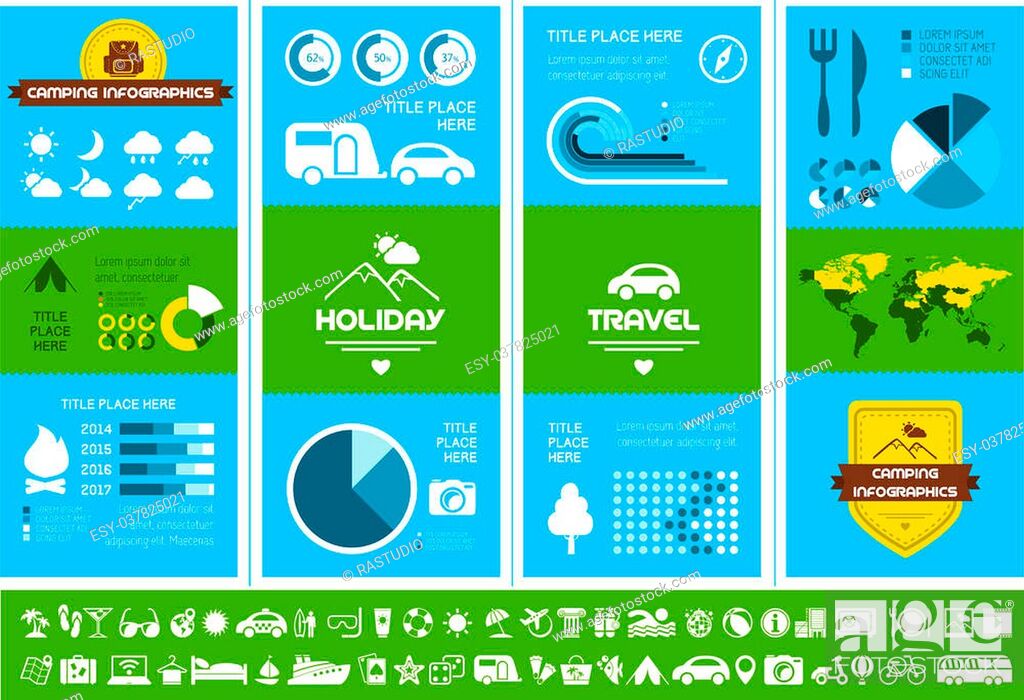Bringing Your Venture To The Next Level By Selling Camping Tents
Bringing Your Venture To The Next Level By Selling Camping Tents
Blog Article
Just How Essential Are Camping Tent Footprints/Ground Cover?
Camping tent footprints are a terrific way to safeguard your tent flooring from abrasions and expand its useful life. Nearly all gear producers offer their very own brand-specific impacts that are created to match their certain camping tent models.
What temp is too cold to sleep in?
This tailored technique offers simplicity of arrangement and reduces the threat of rainwater seeping in with the seams.
What are they?
Camping tent impacts (also referred to as outdoor tents ground sheets or under camping tent pads) give a layer of protection in between the base of your outdoor tents and the outdoor atmosphere. They protect your camping tent from sharp things, moisture, and rough surface areas.
Most camping tent suppliers offer their own well-known impacts created to fit effortlessly with their designated sanctuary versions. However, these are normally pricey and relatively heavy contrasted to do it yourself options like Polycryo or Tyvek.
Footprints are commonly made from sturdy, waterproof materials such as polyurethane, nylon or silnylon. For ultralight backpackers looking for to decrease pack weight, there are also lightweight, high-strength choices made from Cuben Fiber (Dyneema). It is necessary to choose a footprint that's a little smaller sized than your tent to prevent rain from leaking down the sides of your shelter and funneling below you while you sleep-- no person wants to get up in a puddle! An impact is a beneficial enhancement to any type of outdoor camping trip. It assists make sure a lengthy life-span for your tent while including comfort and comfort.
Just how essential are they?
Outdoor tents footprints safeguard the base of your camping tent from abrasion and dampness, aiding to extend its life expectancy. They're normally constructed from waterproof and dirt-resistant materials like polyethylene or a lightweight oxford polyester, though the denier of the material will vary (the greater the denier number, the thicker and burlier).
The majority of impacts are made to specifically match the shape of your tent's floor, which assists lessen product waste. Several have grommets or loopholes through which you can weave guylines for tension and stakes, making sure that the impact is firmly held back.
If you camp in harsh surface or locations where there's a great deal of downed branches and sharp rocks, an outdoor tents impact is well worth the included weight and bulk. But if you often camp in completely dry, sandy or rough problems, an impact might be excessive. A tarpaulin is a better option in that case.
Do you normally load one?
If you're camping on a really level surface where rocks and sticks aren't an issue, a tent impact possibly isn't necessary. If you remain in the backcountry with a great deal of harsh surface, a footprint can make life much easier.
Footprints are usually sized slightly smaller than the base of the outdoor tents. That's due to the fact that a larger footprint would certainly capture rainfall and channel it under the tent, where you could awaken in a pool.
Nonetheless, impacts can be pricey and hefty if you buy one from the producer of your outdoor tents (the Big Agnes Tiger Wall surface UL 2 impact, as an example, sets tent you can live in you back $70 and weighs six ounces). You can save money and weight by making your own DIY footprint by reducing an item of Tyvek or other water resistant fabric to the specific measurements of your sanctuary. You can also include grommets for very easy add-on. The primary advantage of a footprint is that it helps to safeguard the flooring of your backpacking outdoor tents from rough aspects such as rocks and twigs.
Just how do you maintain them clean up?
A producer's impact can include considerable weight to your shelter system and if you're an ultralight backpacker attempting to conserve every ounce, it might not be worth it. Consequently, lots of backpackers will use a do it yourself groundsheet that's constructed of something like Tyvek or Polycryo and cut it to size for their outdoor tents footprint.
This option is reasonably affordable and will certainly protect your outdoor tents from wetness, rocks, thorns, sticks, etc, while likewise helping to maintain the bottom of your outdoor tents dry.
If you do decide to buy a footprint, make certain it's developed especially for your particular tent as this will certainly help reduce water pooling around the edges of your shelter. For instance, if your camping tent impact is also huge and expands past the side of your rainfly, it will certainly accumulate rains which can permeate into lighter-weight outdoors tents and potentially wear down the flooring. Make certain it fits your tent rather comfortably to avoid this.
What is the best canvas tent?
